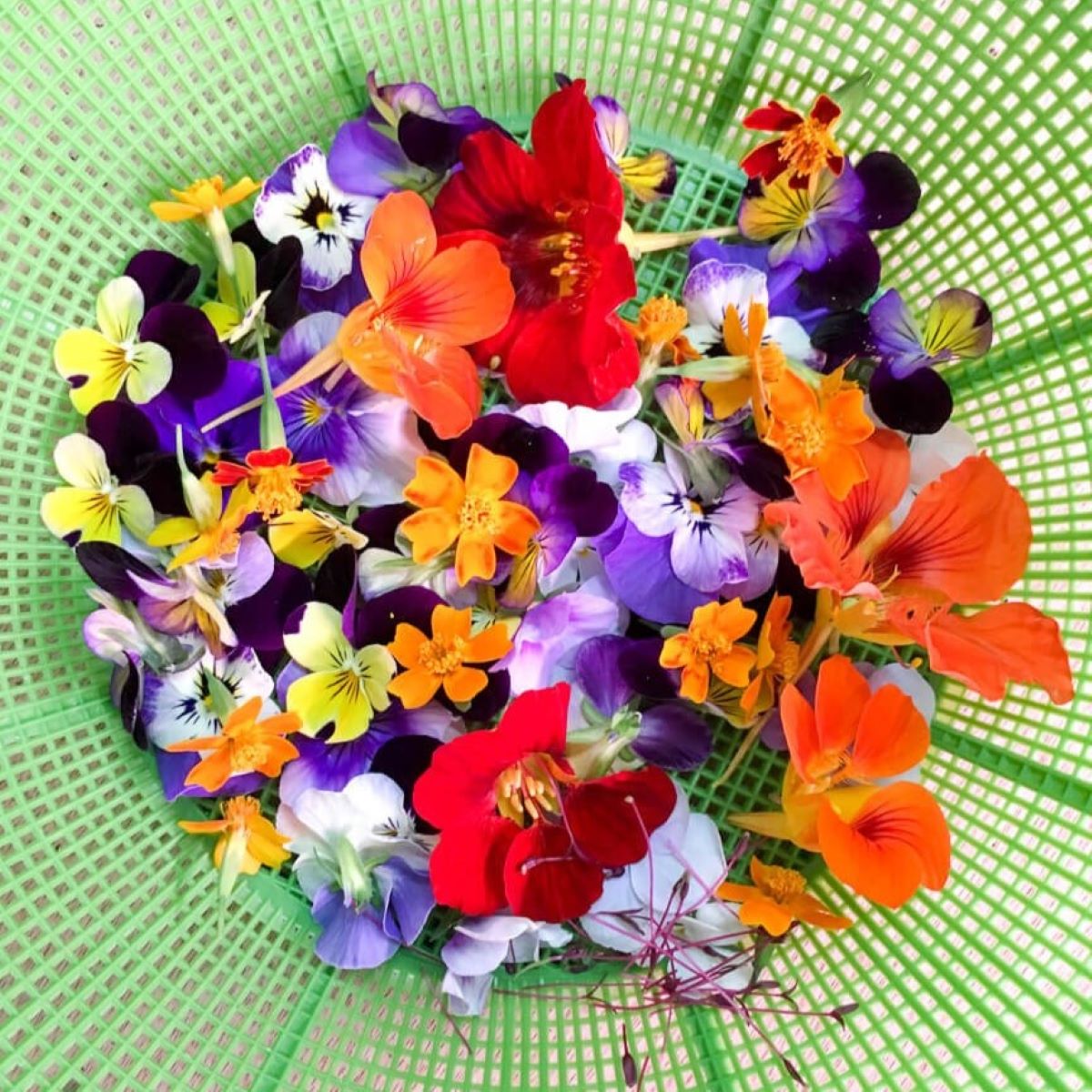

Articles
How To Store Edible Flowers
Modified: December 7, 2023
Learn how to store edible flowers and keep them fresh for longer with these helpful articles. Find tips and techniques for preserving the delicate flavors and appearance of your favorite blooms.
(Many of the links in this article redirect to a specific reviewed product. Your purchase of these products through affiliate links helps to generate commission for Storables.com, at no extra cost. Learn more)
Introduction
Edible flowers are not only beautiful but can also add a touch of flavor and elegance to your culinary creations. Whether you want to use them as a garnish, infused in oils or vinegars, or as an ingredient in salads, cakes, or cocktails, knowing how to store edible flowers is essential to preserve their freshness and maximize their shelf life.
When it comes to choosing edible flowers, there are numerous options available, each with its own unique taste and visual appeal. Some popular choices include pansies, marigolds, lavender, nasturtiums, and roses. However, it’s essential to note that not all flowers are safe to eat. To ensure you’re selecting edible varieties, do your research or purchase flowers specifically labeled as edible.
Once you’ve chosen your edible flowers, it’s time to harvest them. Harvesting at the right time is crucial to ensure the flowers are at their peak flavor and quality. Pick flowers early in the morning when they are fully hydrated and have not been exposed to direct sunlight yet. This will help retain their vibrant colors and delicate textures.
After harvesting, it’s important to clean and prepare the flowers properly. Gently rinse them under cold water to remove any dirt or insects. Be careful not to submerge them for too long, as excessive water exposure can cause some delicate flowers to wilt or become mushy. Once cleaned, gently pat them dry using a paper towel or a clean kitchen towel.
Now that your edible flowers are ready, it’s time to store them. The storage method will depend on whether you want to keep them fresh, dry them, press them, or freeze them for later use. Let’s explore each method in detail to help you choose the best option for your needs.
Key Takeaways:
- Elevate your culinary creations with edible flowers by choosing, harvesting, and storing them properly. Experiment with different preservation methods to add unique flavors and visual appeal to your dishes.
- Embrace the versatility of edible flowers by using them as garnishes, infusions, or decorative elements. Proper storage and handling ensure their beauty and delicate flavors shine in your culinary delights.
Read more: How To Store Cake With Edible Image
Choosing Edible Flowers
When selecting edible flowers, it’s important to consider both taste and visual appeal. Here are a few factors to keep in mind:
- Taste: Different edible flowers offer a range of flavors, from sweet to tangy or even spicy. Consider the taste profile you’re looking for in your dishes and choose flowers accordingly. For example, lavender has a sweet and floral taste, while nasturtiums add a peppery kick.
- Color: Edible flowers come in a variety of vibrant colors, making them an excellent choice for adding visual appeal to your culinary creations. Think about the color scheme of your dish and choose flowers that will complement it. For instance, pansies come in a range of colors, including purple, yellow, and orange, adding a pop of brightness to your plate.
- Availability: Some edible flowers are more readily available during certain seasons. Consider the time of year and choose flowers that are in season for the freshest and most flavorful options. Additionally, you can grow your own edible flowers at home, ensuring a constant supply throughout the year.
- Safety: It is crucial to ensure that the flowers you choose are safe to eat. Some common edible flowers include pansies, violets, roses, calendula, and dandelions. However, avoid consuming flowers that have been treated with pesticides or chemicals. If you’re uncertain, consult a reputable source on edible flowers or seek advice from a knowledgeable florist or horticulturist.
When purchasing edible flowers, try to obtain them from reliable sources, such as farmers’ markets or reputable florists. Make sure they are fresh, free from blemishes or bruising, and have not wilted. Additionally, consider choosing organic or locally grown flowers to minimize the risk of pesticide exposure.
Experiment with different types of edible flowers to explore their unique flavors and visual appeal. Don’t be afraid to get creative and use them in various dishes, from salads and desserts to cocktails and even infused oils. Adding edible flowers to your culinary repertoire can elevate your dishes and impress your guests with their beauty and delicate flavors.
Harvesting Edible Flowers
Harvesting edible flowers at the right time ensures that they are at their peak flavor and freshness. Here are some guidelines to follow when harvesting:
- Timing: Harvest edible flowers in the early morning when they are fully hydrated and have not been exposed to direct sunlight. This is when the flowers contain the highest concentration of essential oils and flavors.
- Maturity: Choose flowers that are fully opened but not overripe. Look for petals that are vibrant, with no signs of wilting or discoloration. Flowers that are too young may not have developed their full flavor, while those that are too old may have a bitter taste.
- Method: Use a pair of sharp scissors or garden shears to harvest the flowers. Cut the stem just above the first set of leaves to encourage further growth and ensure a clean cut.
- Quantity: Harvest only what you need to avoid waste. However, be mindful not to remove all the flowers from a plant, as it may affect its ability to produce more blooms. Leave some flowers to mature and allow the plant to continue growing.
- Selection: When harvesting flowers from the wild, make sure you are in an area that is free from pollution or pesticide contamination. It’s recommended to grow your own edible flowers or source them from trusted suppliers to ensure their safety for consumption.
Some specific edible flowers may have additional considerations for harvesting. For example, with lavender, it’s best to harvest the flowers just as they begin to open. Nasturtiums, on the other hand, are harvested when they are fully open and vibrant in color.
After harvesting, it’s important to handle the flowers with care to prevent damage. Avoid crushing or bruising the petals, as this can affect their appearance and flavor. Place the harvested flowers in a clean container or basket lined with a damp paper towel to maintain their freshness.
Remember, not all parts of a flower are edible, so remove any non-edible parts such as stems, leaves, or sepals before using the flowers in your dishes.
By following these guidelines for harvesting edible flowers, you can ensure that you have the freshest and most flavorful blooms to incorporate into your culinary creations.
Cleaning and Preparing Edible Flowers
Properly cleaning and preparing edible flowers is essential to remove any dirt, insects, or potential contaminants. Here is a step-by-step guide to help you clean and prepare your edible flowers:
- Rinse Gently: Start by gently rinsing the flowers under cold running water. This will help remove any dirt or debris that may be on the petals. Be careful not to submerge the flowers for too long as some delicate blooms can become waterlogged and wilt.
- Inspect for Insects: As you rinse the flowers, inspect them carefully for any insects. Shake off any visible bugs or use a soft brush to gently remove them. Alternatively, you can soak the flowers in a bowl of water for a few minutes to encourage any hidden insects to surface.
- Dry the Flowers: After rinsing, gently pat the flowers dry using a paper towel or a clean kitchen towel. Be gentle to avoid damaging the delicate petals. It is important that the flowers are thoroughly dried before storage or further preparation.
- Remove Inedible Parts: Trim off any non-edible parts of the flower, such as stems, leaves, or sepals. These parts can have a bitter taste or undesirable texture.
- Remove Pollen: Some flowers, such as lilies or daylilies, may have pollen that can stain or have an unpleasant taste. To remove the pollen, gently pinch or shake the flowers over a sink or trash bin. This will help prevent the pollen from transferring to your dishes.
- Separate Petals: In some cases, you may want to separate the petals from the flowers before using them. This can be done by gently pulling the petals away from the central portion of the flower. This is especially useful for larger flowers, such as roses or hibiscus, where the petals are the desired edible part.
It’s important to note that not all flowers are prepared the same way. Some flowers may require additional steps or specific handling to ensure their optimal taste and appearance. Refer to reliable sources or specialty books on edible flowers for specific preparation instructions for the varieties you are using.
Once the flowers are cleaned and prepared, they are ready to be stored or used in your culinary creations. Whether you’re adding them to salads, soups, desserts, or beverages, properly cleaned and prepared edible flowers will enhance both the taste and visual appeal of your dishes.
Storing Fresh Edible Flowers
Proper storage is crucial to maintain the freshness and quality of your edible flowers. Here are some guidelines to help you store fresh edible flowers:
- Keep Them Cool: Fresh edible flowers are highly perishable and should be stored in a cool environment. Ideally, place them in the refrigerator at temperatures between 36°F (2°C) and 41°F (5°C). The cooler temperature will slow down the wilting process and help the flowers stay fresh for longer.
- Moisture Control: Excessive moisture can cause the flowers to deteriorate quickly. To prevent this, wrap the flowers loosely in a slightly damp paper towel or place them in a breathable container lined with a damp paper towel. This will help maintain the required moisture level without causing the flowers to become waterlogged.
- Avoid Compression: Do not stack or compress the flowers, as this can damage the delicate petals. Instead, place them in a single layer or use a shallow container to allow air circulation and avoid crushing the flowers.
- Check Daily: Regularly check the stored flowers and remove any wilted or spoiled blooms. This will prevent the spread of bacteria or mold to other flowers and help maintain the freshness of the remaining ones.
- Use within a Few Days: While properly stored edible flowers can last for a few days, it’s best to use them as soon as possible to enjoy them at their peak freshness and flavor. The longer they are stored, the more they will naturally wilt and lose their vibrant appearance.
It’s important to note that not all edible flowers have the same shelf life. Delicate flowers, like pansies or violas, tend to wilt and lose their freshness more quickly compared to sturdier flowers, such as marigolds or lavender. It’s advisable to consume fragile flowers shortly after harvesting or purchasing them.
Remember, while storing fresh edible flowers can help prolong their shelf life, they are at their best when used promptly. Utilize the stored flowers in a variety of dishes, from salads and desserts to beverages and garnishes, and let their unique flavors and visual appeal elevate your culinary creations.
Store edible flowers in a sealed container lined with a paper towel to absorb moisture. Place them in the refrigerator and use within a few days for best freshness.
Read more: How To Store Edible Images
Drying Edible Flowers
Drying edible flowers is a great way to extend their shelf life and preserve their flavors for future use. Here’s a step-by-step guide on how to dry edible flowers:
- Choose the Right Flowers: Not all flowers are suitable for drying. Select flowers that are sturdy and have a low moisture content. Some common flowers that dry well include lavender, rose petals, calendula, chamomile, and marigolds.
- Harvest at the Right Time: Harvest the flowers when they are fully open and at their peak. Avoid flowers that have blemishes or signs of wilting, as they may not dry well or retain their flavor.
- Remove Excess Moisture: Gently pat the flowers dry with a clean paper towel or allow them to air dry for a few hours before starting the drying process. Removing excess moisture helps speed up the drying process.
- Air Drying: The simplest method of drying flowers is air drying. Gather small bunches of flowers and tie them together with a string or rubber band. Hang the bunches upside down in a warm, dark, and well-ventilated area. Avoid humidity, as it can impede the drying process and promote mold growth.
- Monitor the Drying Process: Check the flowers regularly to ensure they are drying properly and to prevent mold formation. The drying time can vary depending on the flower type and size. Generally, it takes between one to three weeks for flowers to fully dry.
- Store Properly: Once the flowers are completely dry, store them in airtight containers, such as glass jars or zip-top bags. Keep the containers in a cool, dry place away from direct sunlight, as exposure to light can cause the colors to fade over time. Properly stored dried flowers can last for several months.
Dried edible flowers can be used in various culinary applications. They can be added to teas, infused in oils and vinegars, incorporated into baked goods, or used as decorative toppings for cakes and desserts. Remember to rehydrate dried flowers before use by soaking them in water or other liquids to restore their texture and flavors.
Experiment with different drying methods and flower varieties to discover unique flavors and textures. Dried edible flowers not only add a delightful taste to your dishes but also offer a visually appealing touch that can elevate any culinary creation.
Pressing Edible Flowers
Pressing edible flowers is a wonderful way to preserve their beauty and use them for various decorative purposes. Here’s a simple guide on how to press edible flowers:
- Choose Fresh Flowers: Select fresh edible flowers that are in their prime and free from blemishes. Flowers with flat or thin petals, such as pansies, violas, or violets, work well for pressing.
- Remove Excess Moisture: Before pressing, gently pat the flowers dry with a clean paper towel to remove any moisture. This will help prevent them from becoming moldy during the pressing process.
- Prepare a Pressing Kit: Create a pressing kit by assembling a few items. You will need absorbent paper, such as blotting paper or parchment paper, cardboard or cardboard book covers, and heavy books or a flower press.
- Arrange the Flowers: Lay a piece of absorbent paper on the cardboard or book cover. Arrange the flowers on the paper face down, ensuring they don’t overlap. Place another layer of absorbent paper on top of the flowers.
- Apply Pressure: Carefully close the cardboard or book cover, sandwiching the flowers between the layers of absorbent paper. If using a flower press, follow the instructions provided. If using heavy books, place them on top of the pressing kit.
- Leave to Press: Leave the flowers to press for about 1 to 2 weeks. During this time, the flowers will flatten and dry out, preserving their shape and colors.
- Check Progress: After the pressing period, carefully open the pressing kit and check the flowers. If they are fully dry and flattened, they are ready to be used. If they still have some moisture, replace the absorbent paper and continue pressing for a few more days.
- Store Properly: Once the flowers are fully pressed and dried, store them in airtight containers or frames. Keep them in a cool, dry place away from direct sunlight to prevent fading.
Pressed edible flowers can be used for various decorative purposes. They can adorn homemade cards, bookmarks, or picture frames, and can also be used to enhance the presentation of culinary creations such as cakes, pastries, or salads.
Experiment with different flower varieties and combinations to create unique pressed designs. Remember to handle them gently to avoid damaging the delicate petals. With a little creativity, pressed edible flowers can add a touch of natural beauty to your crafts and culinary creations.
Freezing Edible Flowers
Freezing edible flowers is a convenient way to preserve them for future use while retaining their vibrant colors and flavors. Here’s a step-by-step guide on how to freeze edible flowers:
- Choose Fresh Flowers: Select fresh, high-quality edible flowers that are at their peak and free from blemishes or damage. Flowers with thick petals, such as roses or pansies, work well for freezing.
- Clean and Dry: Begin by gently rinsing the flowers under cold water to remove any dirt or debris. Pat them dry using a paper towel or a clean kitchen towel. It’s important to ensure the flowers are thoroughly dry before freezing to prevent ice crystals from forming.
- Remove Unwanted Parts: Trim off any stems, sepal, or other non-edible parts of the flowers. Focus on preserving only the petals or desired parts for freezing.
- Choose Freezing Method: There are two common methods for freezing edible flowers: flash freezing and freezing in ice cubes.
- Flash freezing: Lay the prepared flowers in a single layer on a baking sheet or tray lined with parchment paper. Place the tray in the freezer and let the flowers freeze for a couple of hours until solid. Once frozen, transfer the flowers into a freezer-safe container or a zip-top bag, ensuring to remove as much air as possible before sealing.
- Freezing in ice cubes: Place individual flower petals or small flowers into ice cube trays. Fill the sections halfway with water and gently press the flowers down. Freeze for about an hour, then fill the rest of the sections with water. This will prevent the flowers from floating to the top. Once the ice cubes are fully frozen, transfer them into a freezer-safe container or bag.
- Label and Date: Before storing the frozen flowers, label the container or bag with the name of the flowers and the date of freezing. This will help you keep track of their freshness over time.
- Store Properly: Place the labeled container or bag in the freezer. Make sure it is stored in a location where it is less likely to be crushed or damaged. Frozen edible flowers can typically be stored for up to 6 months.
- Thawing and Using: When you’re ready to use the frozen flowers, simply remove the desired quantity from the freezer and thaw them in the refrigerator. Avoid thawing them at room temperature, as this can result in a mushy texture. Use them in your culinary creations as you would with fresh flowers.
Freezing edible flowers allows you to enjoy their beauty and flavors even when they’re out of season. Whether you’re adding them to beverages, salads, or desserts, frozen edible flowers can add a delightful touch to your culinary creations all year round.
Using Stored Edible Flowers
Stored edible flowers can be used in various culinary creations to add a touch of beauty and flavor. Here are some ideas on how to use your stored edible flowers:
- Garnishes: Sprinkle your stored edible flowers on top of salads, soups, or main dishes as a colorful and edible garnish. They can instantly elevate the visual appeal of your dishes and add a delicate floral flavor.
- Beverages: Add stored edible flowers to drinks such as cocktails, mocktails, or infused water. They can lend a subtle floral essence and create a visually stunning beverage.
- Baked Goods: Incorporate your stored edible flowers into baking recipes such as cakes, cupcakes, or cookies. Use them to decorate the top or blend them into batters or frostings for a unique flavor and visual appeal.
- Infused Oils or Vinegars: Add stored edible flowers to oils or vinegars for a fragrant and flavorful infusion. Place the flowers in a bottle, fill it with your preferred oil or vinegar, and let it sit for a few weeks to allow the flavors to meld together.
- Syrups and Jellies: Use your stored edible flowers to make floral syrups or jellies. Infuse the flowers in a simple syrup or jelly mixture for a delightful and aromatic addition to your desserts or beverages.
- Ice Cubes: Freeze your stored edible flowers in ice cubes to add a decorative element to drinks. Simply place one or more flowers in each ice cube compartment, fill with water, and freeze. These floral ice cubes can be used in cocktails, lemonades, or any other beverage.
- Teas and Herbal Blends: Dry your stored edible flowers and use them to create flavorful teas or herbal blends. Combine them with other dried herbs or botanicals for a unique and aromatic beverage experience.
Remember to experiment and get creative with your stored edible flowers. Their delicate flavors and stunning visual appeal can transform your culinary creations into works of art. Just ensure that you properly prepare or rehydrate the flowers depending on their form before incorporating them into your dishes or beverages.
Stored edible flowers provide an opportunity to enjoy their beauty and flavors even when they’re out of season. Embrace their versatility and let your imagination guide you as you explore the endless possibilities of incorporating these delightful blooms into your culinary delights.
Read more: How To Store Edible Gummies
Conclusion
Knowing how to store edible flowers is crucial for preserving their beauty, flavors, and aromas. Whether you’ve harvested them from your garden or purchased them, proper storage techniques will ensure that you can enjoy these stunning blooms in your culinary creations for as long as possible.
Choosing the right edible flowers based on taste, color, availability, and safety is the first step. Harvesting them at the right time, handling them with care, and cleaning them thoroughly are essential to maintain their freshness. From there, you can choose to store them fresh, dry them, press them, or freeze them, depending on your preferences and culinary needs.
Storing fresh edible flowers in a cool and moist environment, such as the refrigerator, helps to extend their longevity. Drying edible flowers allows you to preserve them for future use and adds a unique texture to your dishes. Pressed edible flowers are perfect for crafting and decoration, while frozen flowers maintain their vibrant colors and flavors for months.
Once stored, the possibilities for using your edible flowers are endless. Use them as garnishes, infuse them into oils or vinegars, incorporate them into baked goods, or even create floral syrups and jellies. Their delicate flavors and captivating visual appeal can elevate any dish or beverage.
Remember to label your stored flowers and consume them within a reasonable time frame. While preservation techniques can extend their shelf life, using them promptly ensures the best taste and quality.
Embrace the beauty and flavors of edible flowers in your culinary adventures. With the knowledge of proper storage techniques, you can enjoy the magic and elegance of these blooms all year round.
Frequently Asked Questions about How To Store Edible Flowers
Was this page helpful?
At Storables.com, we guarantee accurate and reliable information. Our content, validated by Expert Board Contributors, is crafted following stringent Editorial Policies. We're committed to providing you with well-researched, expert-backed insights for all your informational needs.
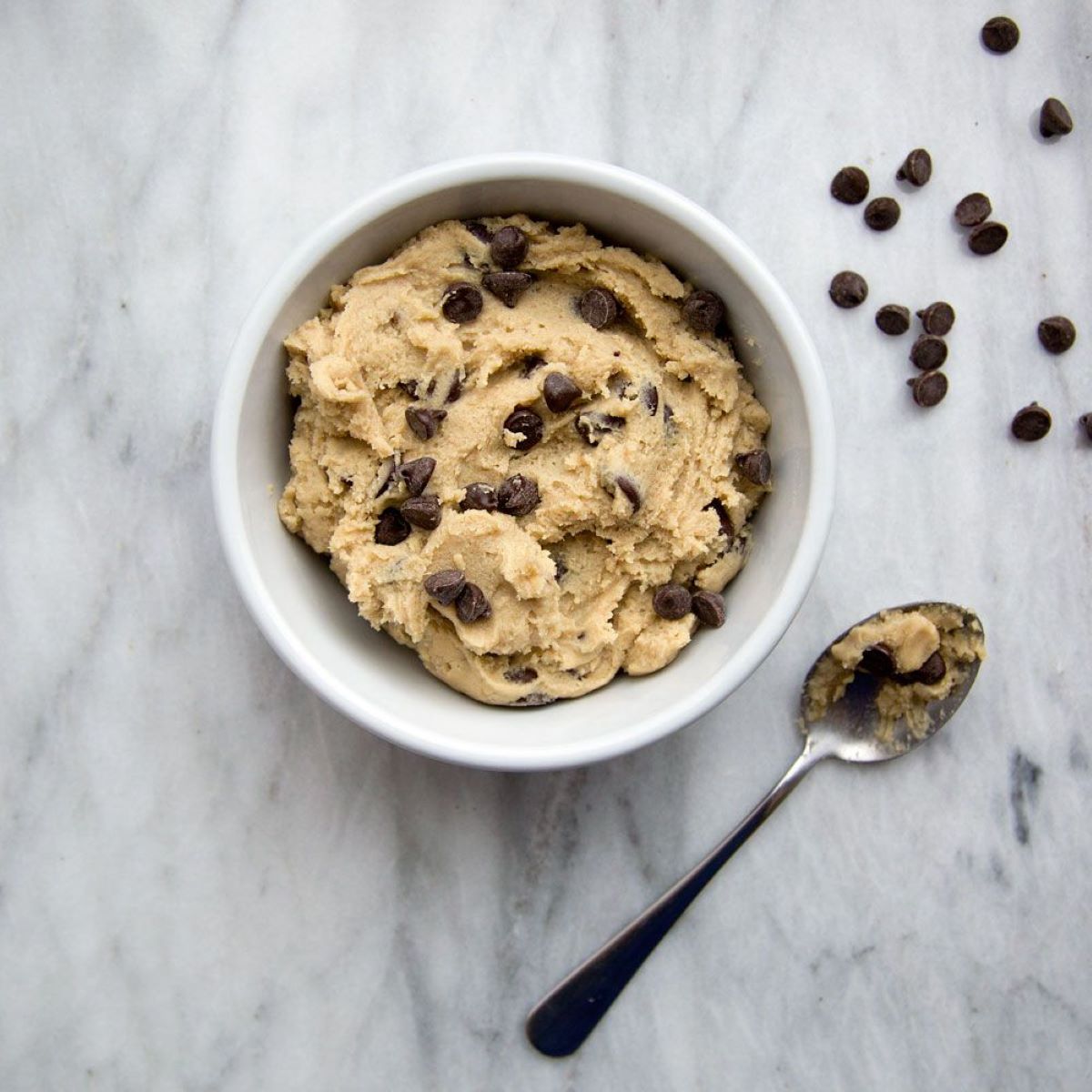
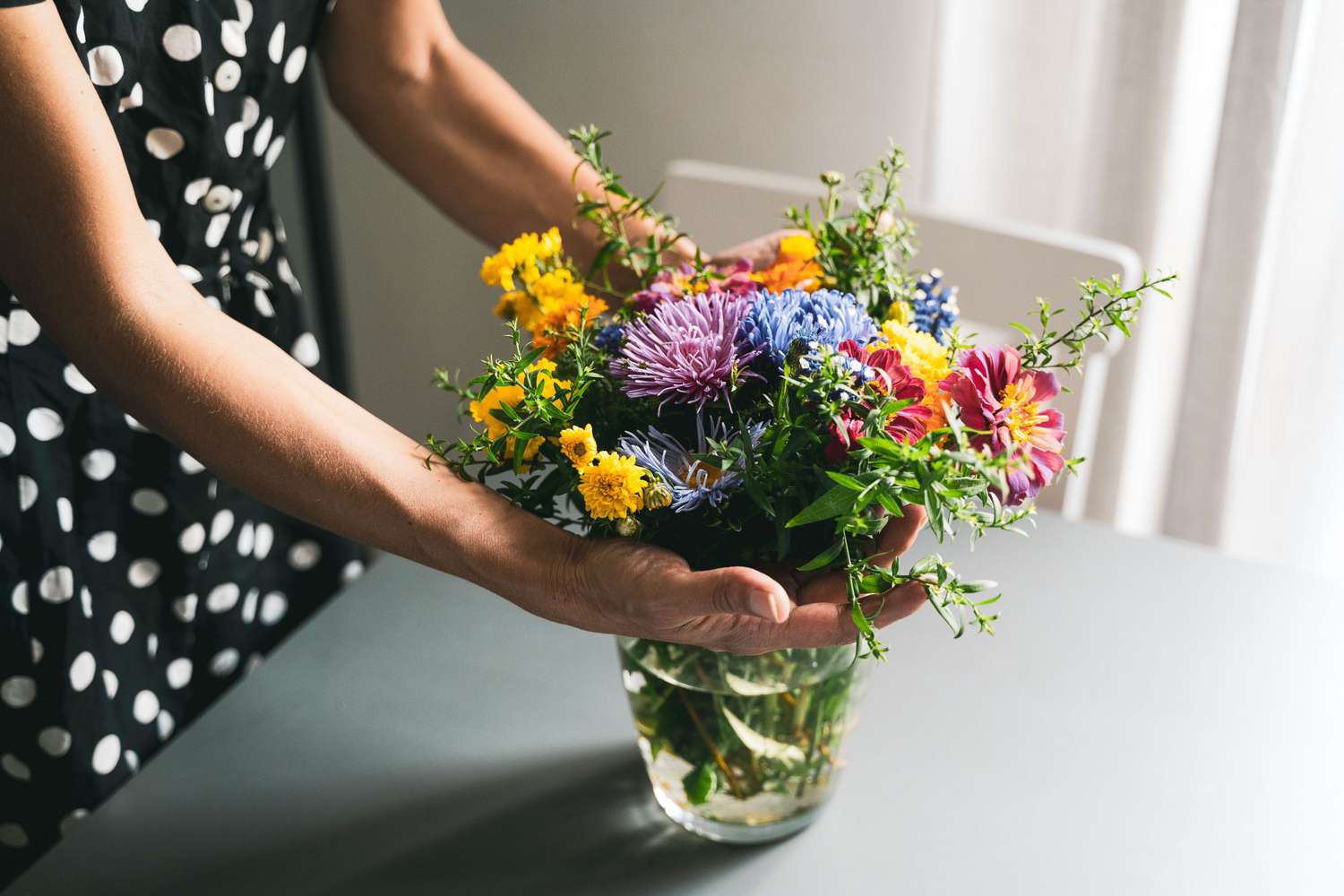
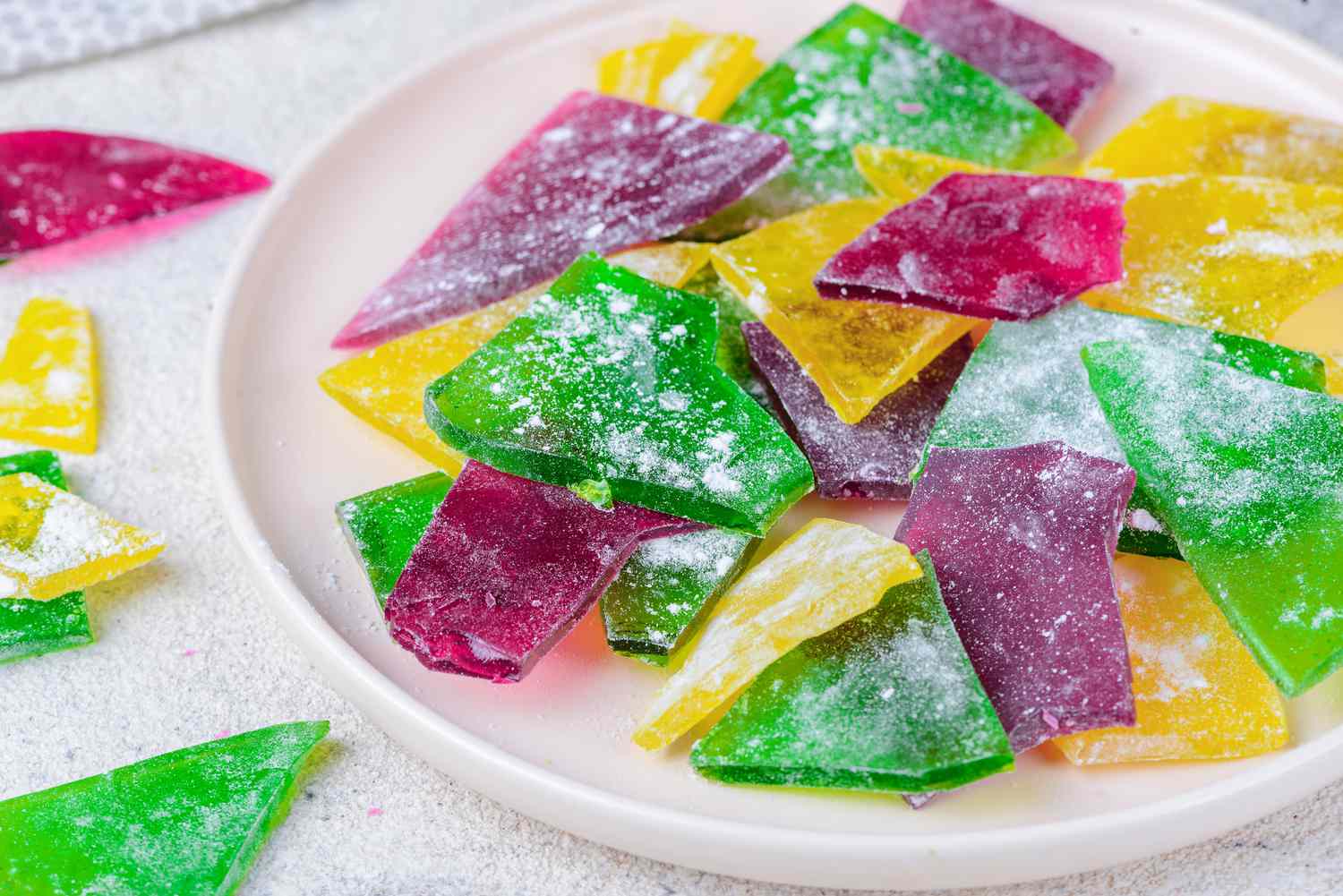
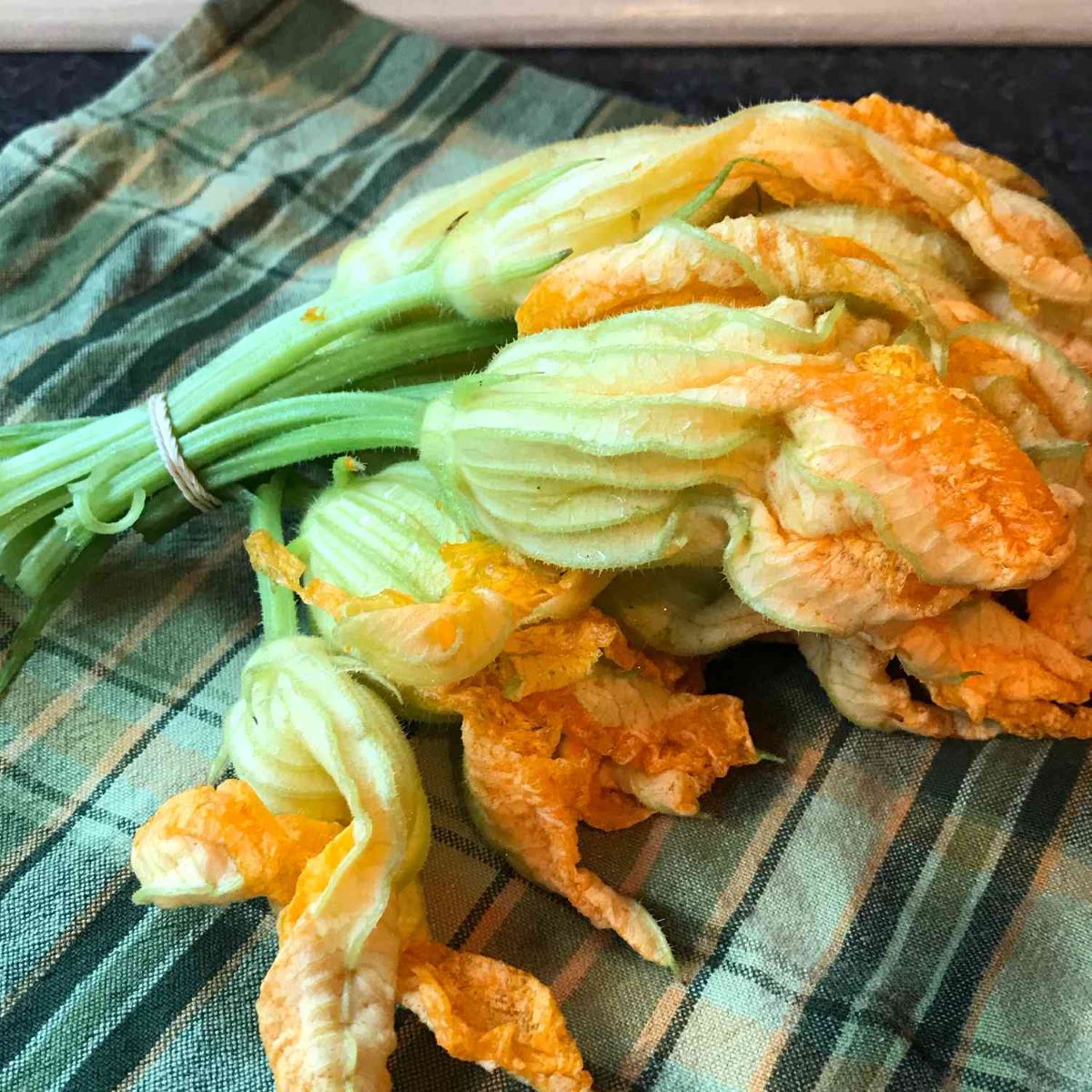
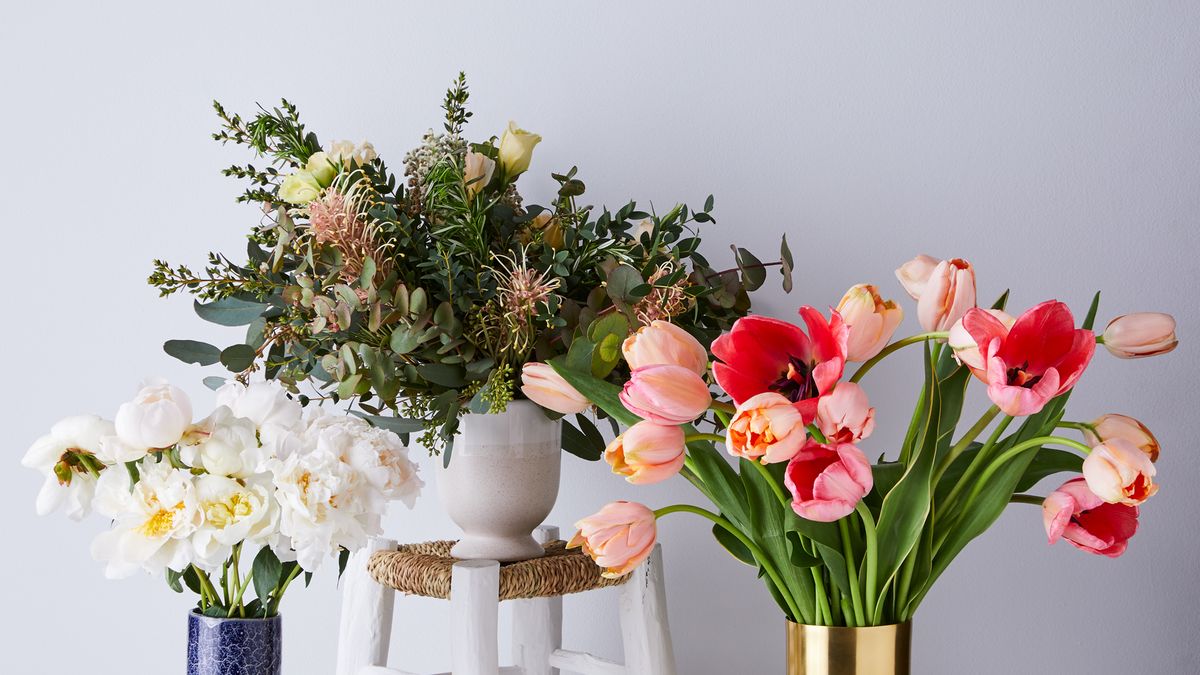
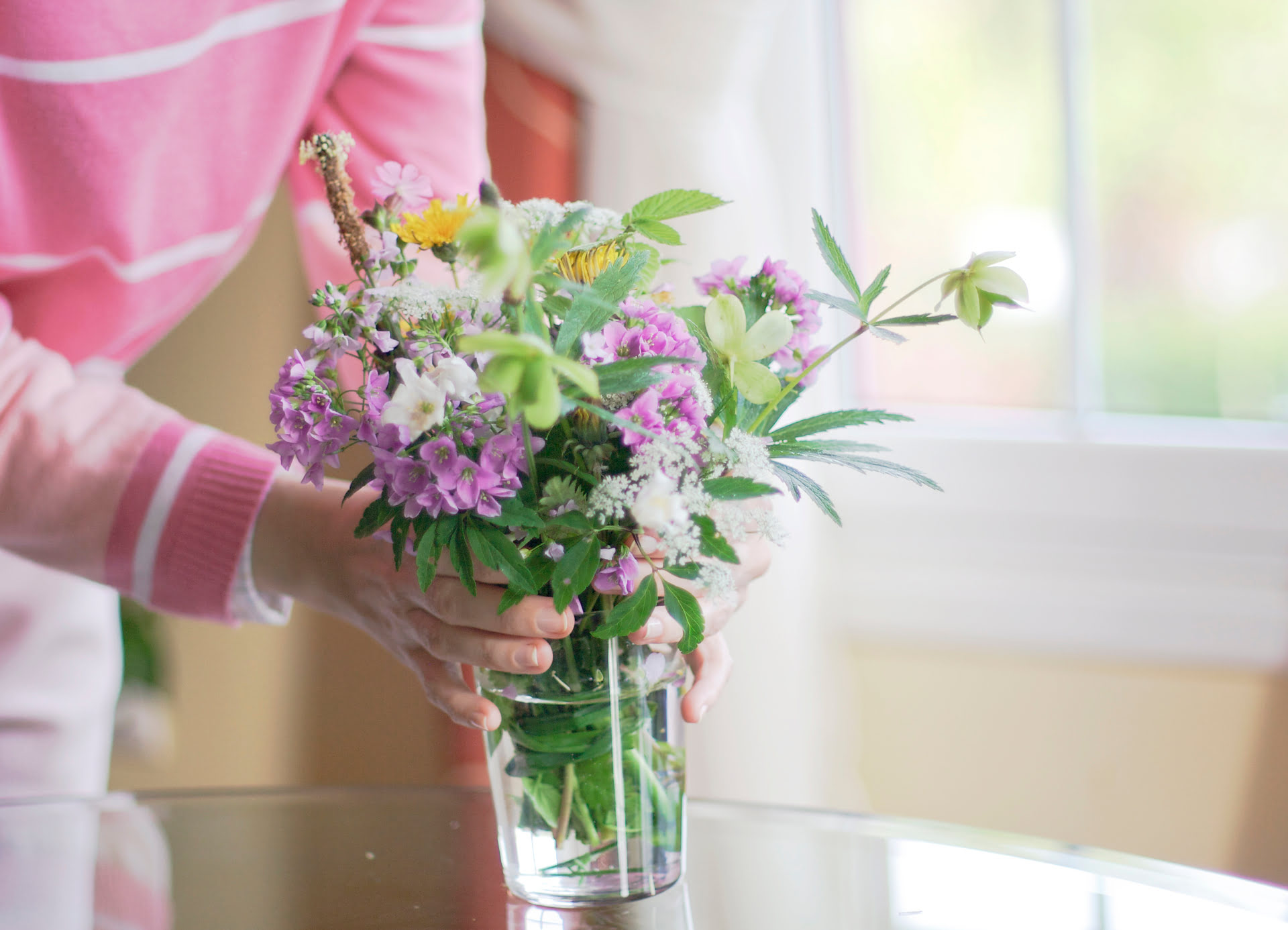
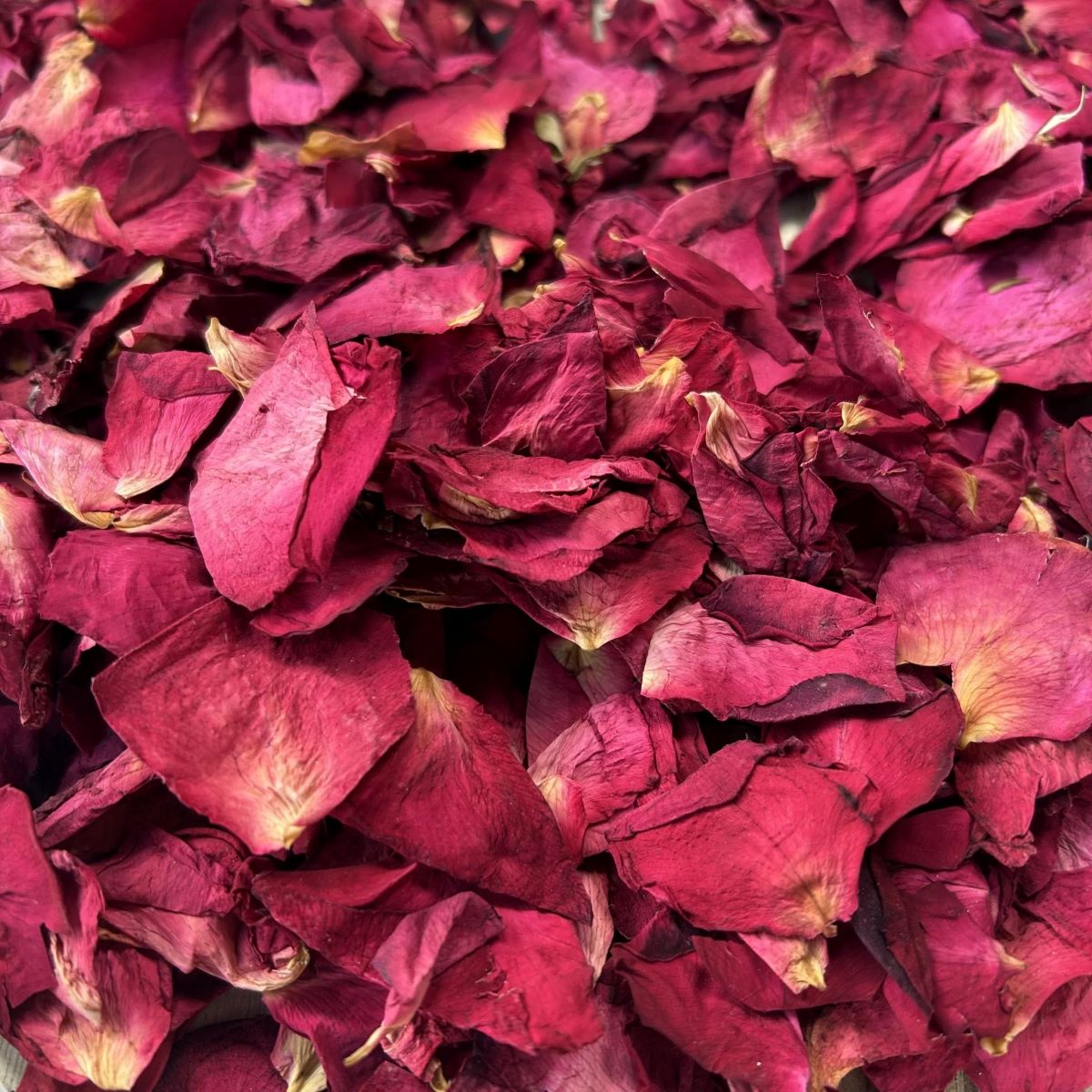

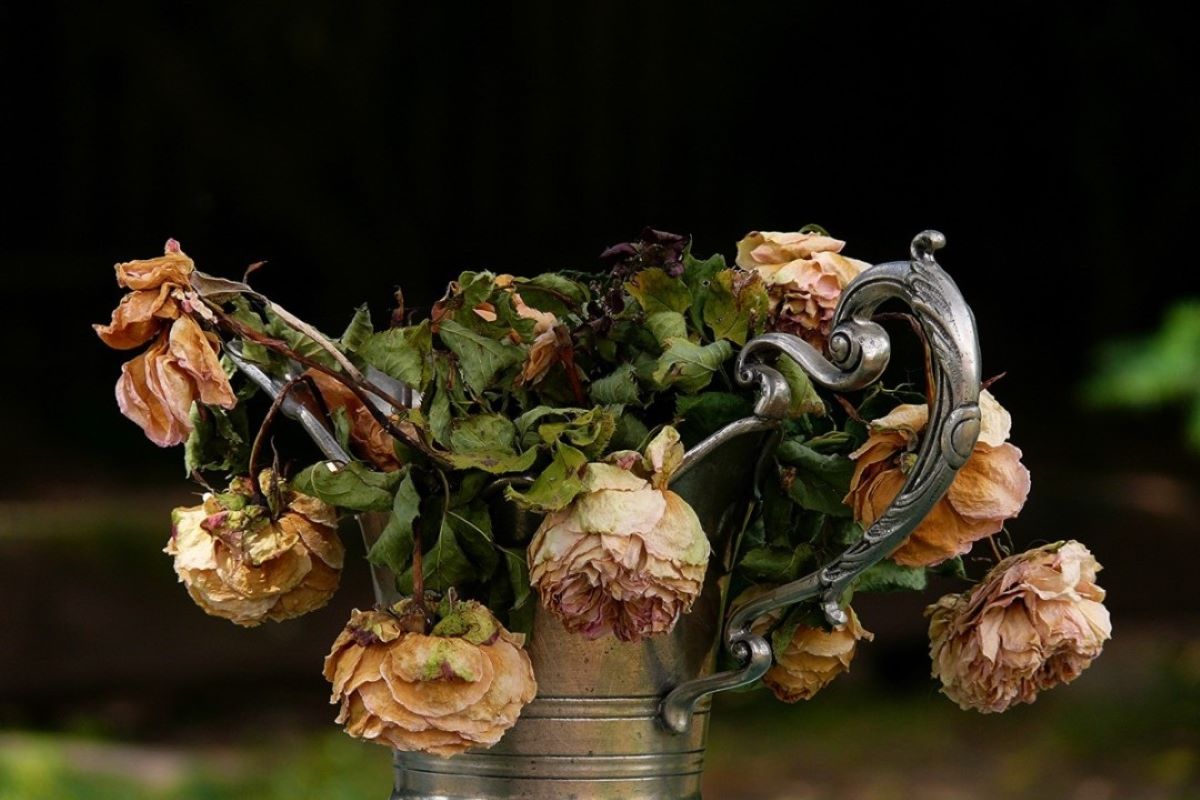
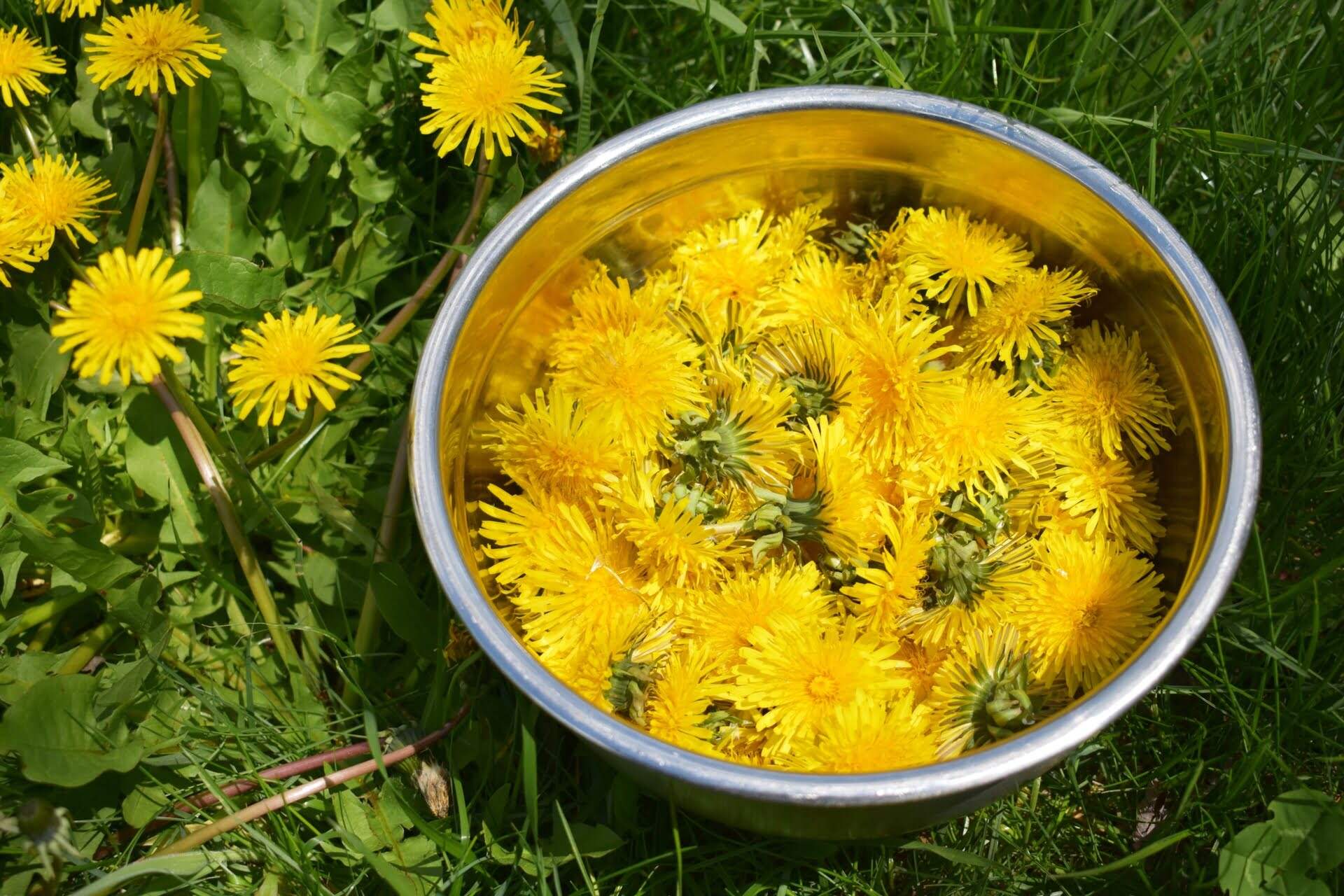
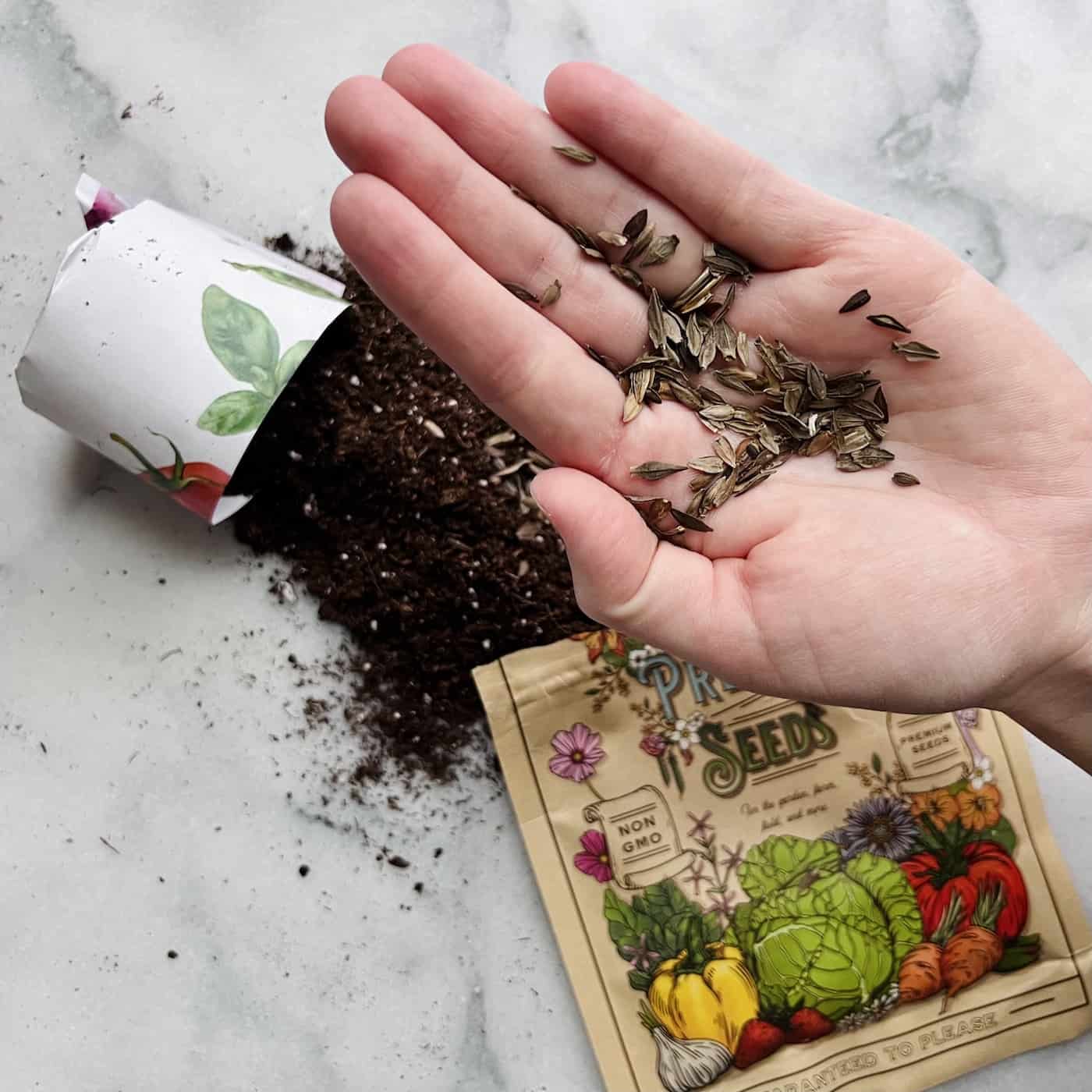
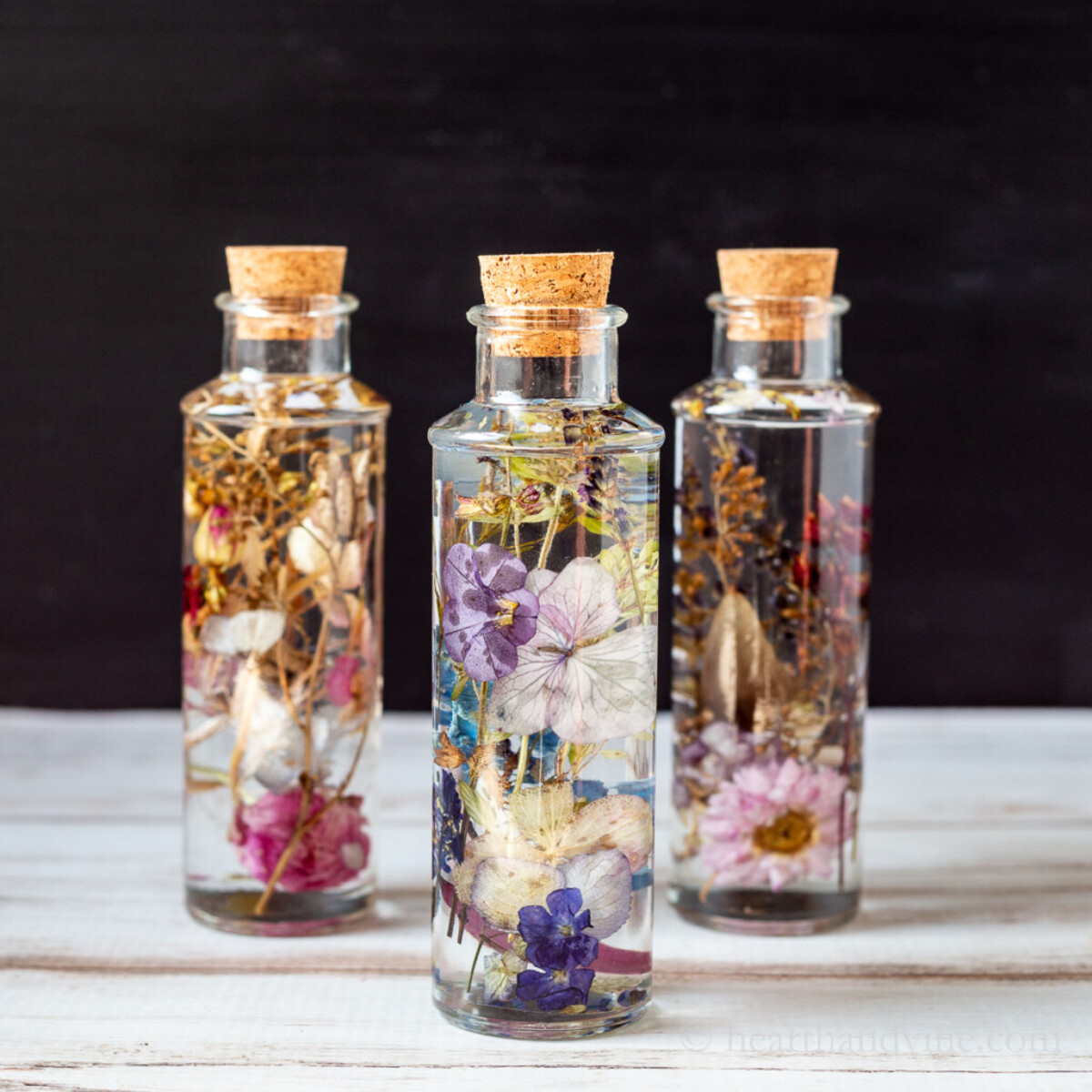
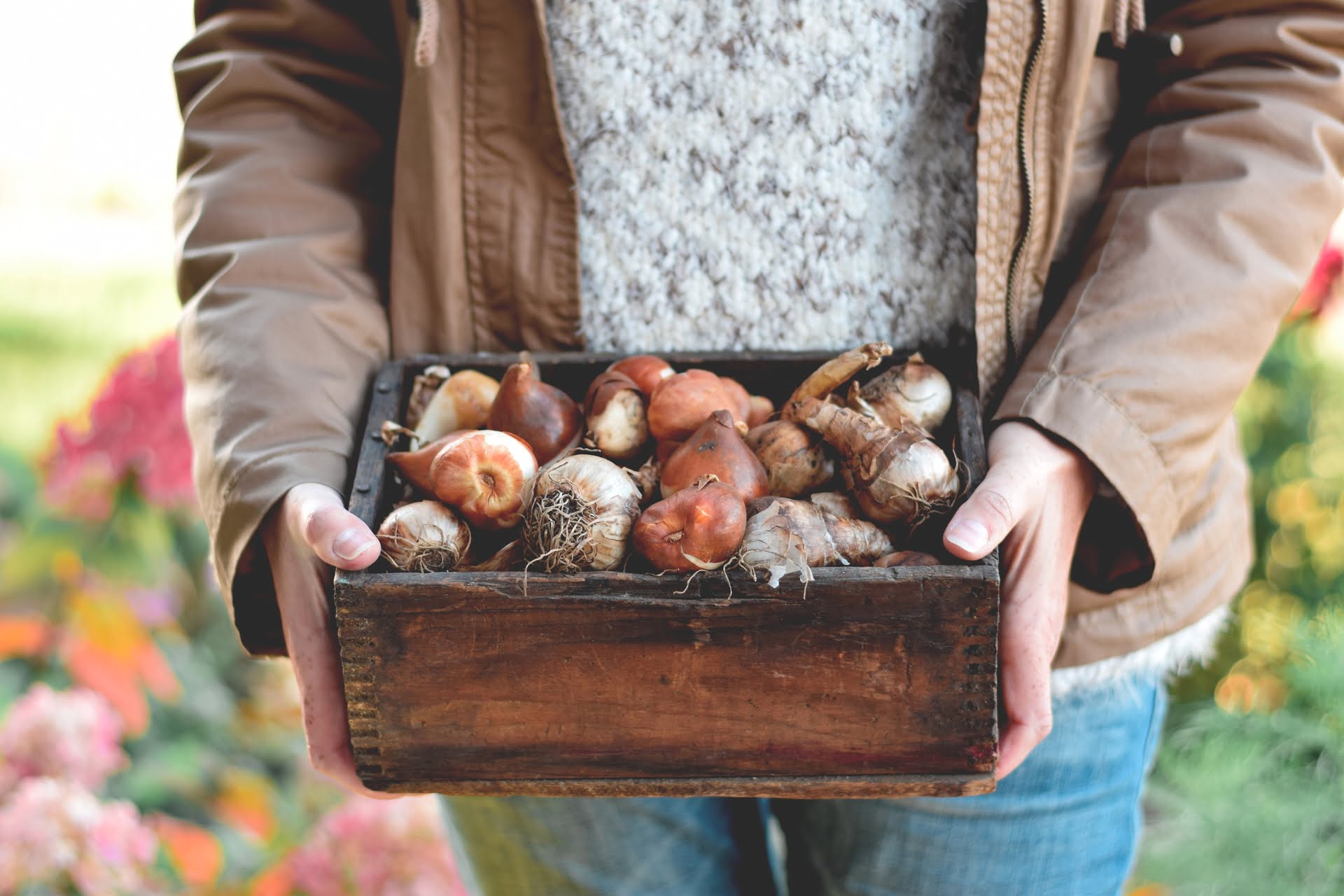

0 thoughts on “How To Store Edible Flowers”